
Next week’s Camp Au Pair theme is Cars & Trucks.
Crafts, recipes, activities, and games related to all kinds of vehicles can all be found here on the Camp Au Pair – Cars & Trucks pinboard.
Field Trips can be a great way for kids to learn and have new experiences. If your host parents are okay with you taking the kids to any outdoor, socially distanced activities, here are a few places to go, that fit this theme:
- Look for construction areas where the kids can observe big machines in action. Kids should observe from the car or a safe area.
- Keep an eye out for the trash truck and let them watch the truck in action.
- Go to a drive-through car wash or let the kids make their own car wash at home.
- Look for a go kart track in your area. Before you go, check the website to find out what the age and/or height requirements are for children.
Videos – Mighty Machines & Amazing Big Trucks are kid-friendly video channels showing machinery and big trucks in action. Look for fun videos on YouTube about cars and trucks.
Movies – Cars, Cars 2 & 3, Turbo, Bumble Bee, Chitty Chitty Bang Bang & Bob the Builder Mega Machines movies all fit this theme.
Books – Check your kids’ bookshelf for books on cars & trucks. You can also find many read aloud book videos on YouTube. Little Blue Truck, Trash Trucks, Cool Cars and Don’t Let the Pigeon Drive the Bus are a few fun ones to get you started.
Image: funlearningforkids.com

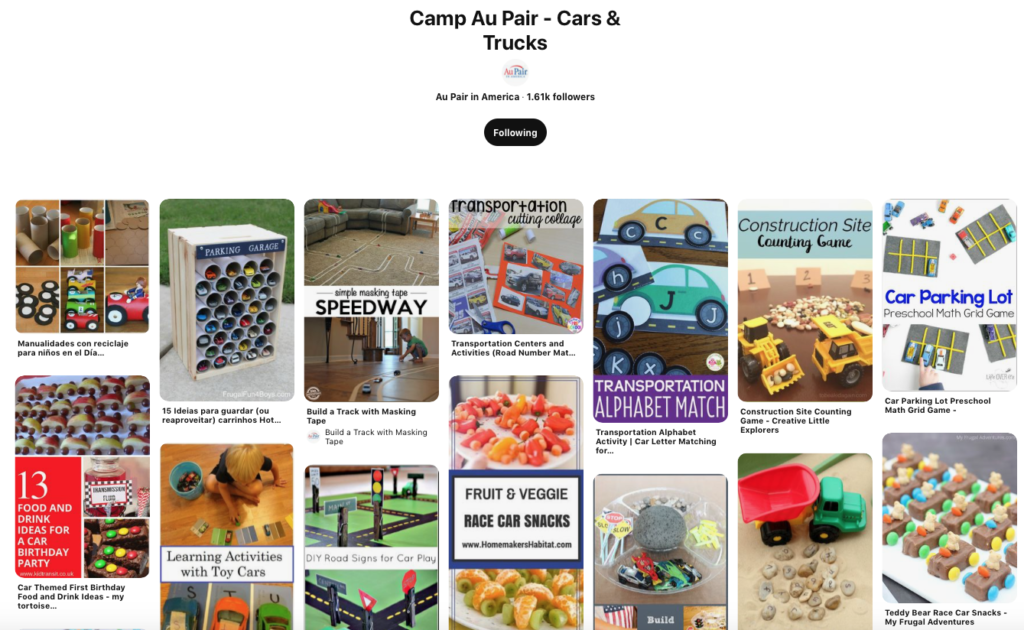

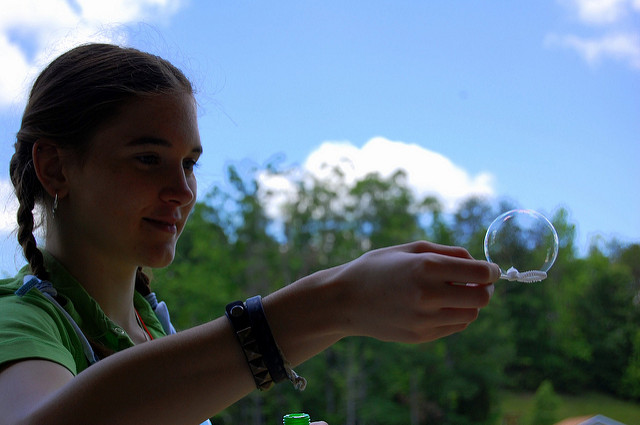 Just because a child is old enough to occupy themselves, doesn’t mean that they should be expected to do so the majority of the time. Host families have a certain expectation of activity and involvement for their children. Get the kids engaged and active. You can be more fun than the TV or a video game.
Just because a child is old enough to occupy themselves, doesn’t mean that they should be expected to do so the majority of the time. Host families have a certain expectation of activity and involvement for their children. Get the kids engaged and active. You can be more fun than the TV or a video game.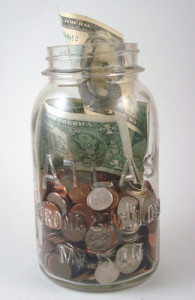 Host parents often ask for suggestions on how best to handle common expenses that occur as au pairs are caring for the children.
Host parents often ask for suggestions on how best to handle common expenses that occur as au pairs are caring for the children.






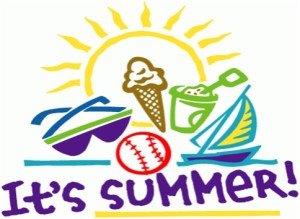
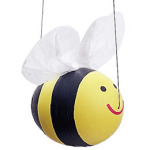
 Celebrate the arrival of spring by bringing this fuzzy critter to life.Begin by mixing 3/4 cup of potting soil and 2 tablespoons of grass seed in a bowl. Add water to moisten the mixture, then set it aside.Cut away a three-cup section of an egg carton, then trim the section along the longer edges so that your grassapillar will look the same from both sides. With a permanent marker, draw a face on one end as shown. Gently spoon the seed mixture into the cups.
Celebrate the arrival of spring by bringing this fuzzy critter to life.Begin by mixing 3/4 cup of potting soil and 2 tablespoons of grass seed in a bowl. Add water to moisten the mixture, then set it aside.Cut away a three-cup section of an egg carton, then trim the section along the longer edges so that your grassapillar will look the same from both sides. With a permanent marker, draw a face on one end as shown. Gently spoon the seed mixture into the cups.
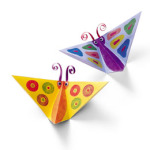 Origami Butterfly
Origami Butterfly This colorful creature is created not by metamorphosis but by folding the origami paper in half to form a triangle.
This colorful creature is created not by metamorphosis but by folding the origami paper in half to form a triangle. Fold the triangle in half again.
Fold the triangle in half again. Unfold the second triangle, then fold each side so that it crosses the center crease at a right angle.
Unfold the second triangle, then fold each side so that it crosses the center crease at a right angle. (Continuation of above directions.)
(Continuation of above directions.) Unfold. Glue on the strips for antennae and curl them using the edge of a scissor. Glue on the googly eyes and decorate with markers.
Unfold. Glue on the strips for antennae and curl them using the edge of a scissor. Glue on the googly eyes and decorate with markers.